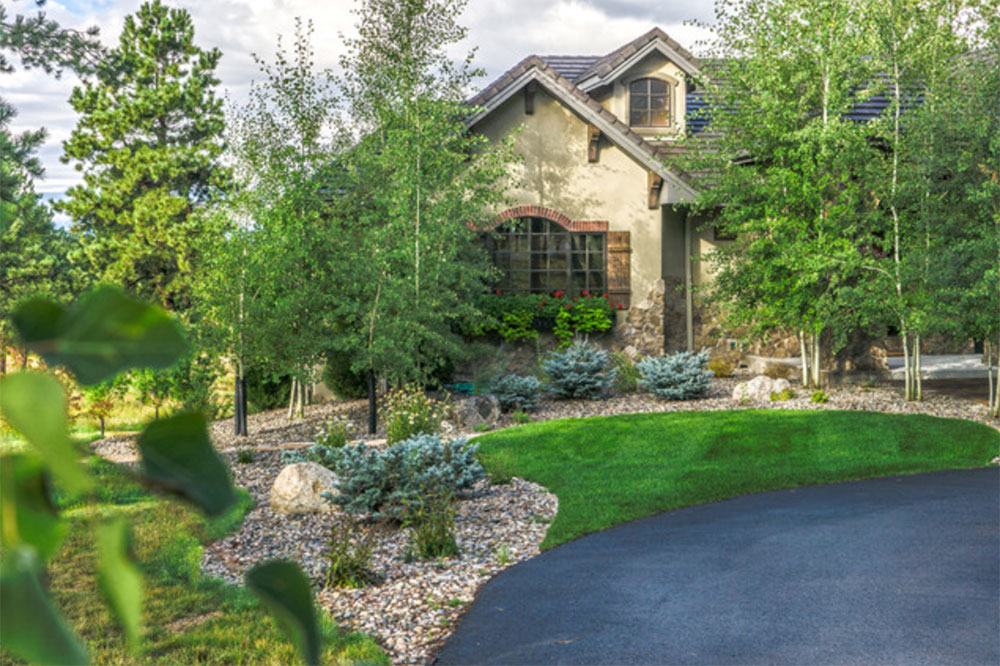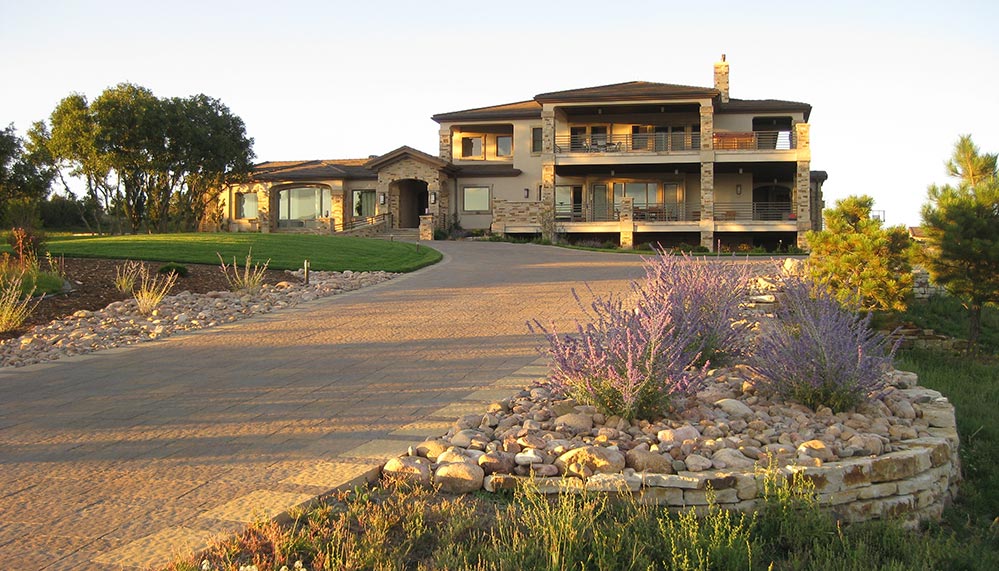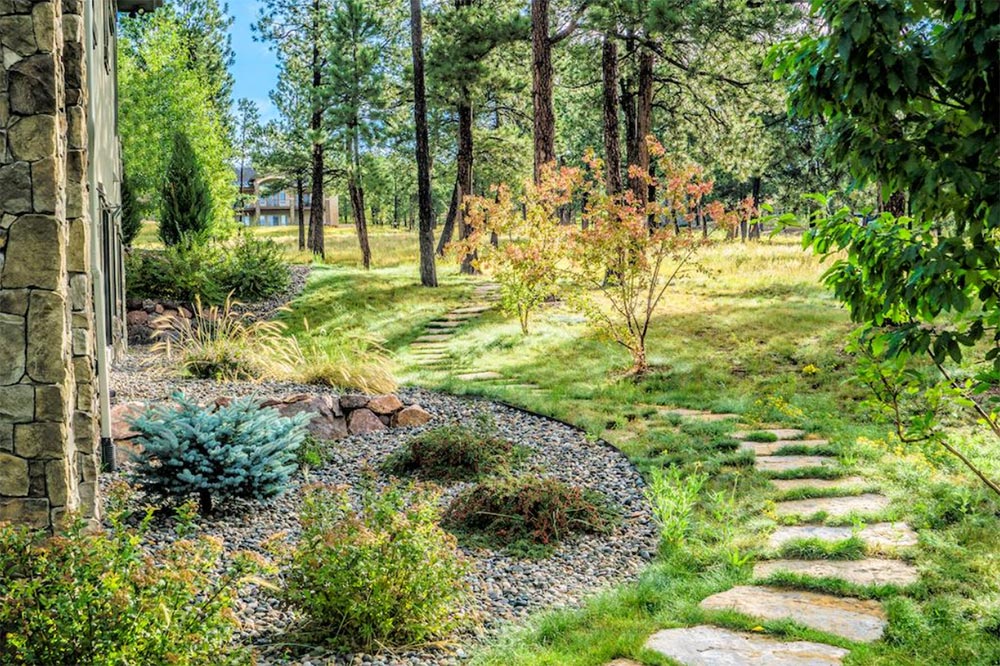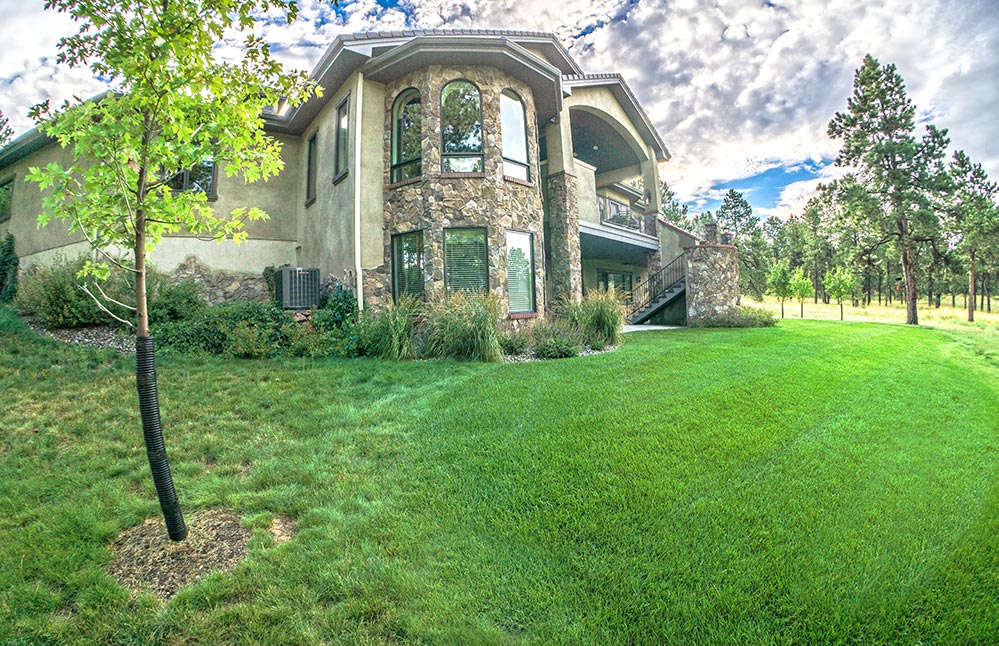Growing Water Conservation Efforts in Colorado Springs
With the Colorado Springs area expected to continue experiencing the rapid growth we’ve become accustomed to in recent years, water conservation efforts in the Colorado Springs area will only continue to grow.
Water Restrictions
Colorado Springs and the Front Range are in a semi-arid climate zone, and water concerns are always present. Colorado Springs hasn’t been under mandatory water restrictions since 2013, but since the mandatory water restrictions were lifted, we have been under voluntary water restrictions and tiered water rates.
Landscape Design Solutions to Water Restrictions
A huge portion of our suburban water usage goes to turf areas. Landscape design using less water is crucial so we can help to conserve Colorado’s precious water supply. Doing so comes with the added benefits of a lower maintenance landscape and a lower water bill, without sacrificing aesthetics.
So why hasn’t the trend fully caught on yet? Years ago, the majority of landscapes were mostly lawns, and people are still attached to the idea of a big lawn for the kids to play in. Another factor is that installing sprinkler systems and sod is relatively inexpensive, so you can keep a new landscape’s cost down by installing more turf. These savings are short lived though, and the cost of water, maintenance, and fertilizer will catch up over time, making it one of the most expensive areas in your landscape.
The good news is that there are a number of things you can do to make your lawn more water friendly.

4 Water Friendly Landscape Design Tips
Minimize the Area of Turf
You don’t need to totally cut out turf to make your landscape more water friendly. In fact, it’s a great option for high traffic areas. (Think kids playing and rambunctious dogs) It also provides that vibrant green color you really can’t find with any other ground cover. Minimizing your turf to smaller areas still provides a place for play and pets, and cuts down on your landscapes water needs.

This large front lawn is irrigated with an incredibly efficient subsurface irrigation system, and the landscape also utilizes native grass, making even this large landscape very water friendly.
Sprinkler System Design
Another way to make sure your turf areas are water friendly is to have a good irrigation system installed. A well designed sprinkler system will put the proper amount of water where it needs to be, and minimize wasted water.
Poorly designed irrigation systems typically have problems with the sprinkler head spacing or mismatched sprinklers that are throwing water at totally different rates. You can sometimes keep a lawn looking great with a bad sprinkler system, but to do so, you have to water until the driest spot has what it needs, which means the rest of your lawn is getting overwatered.
This overwatering can lead to soggy areas in your lawn. While having a well-designed system will provide you with water savings, you can even go a step further, by selecting sprinkler components and features that offer additional water savings. There are even subsurface turf irrigation systems, and they offer great water savings, as there is no run off, wind drift, or evaporation.

This side yard was seeded with native grass seed, creating a water smart landscape that blends in beautifully with its surrounding landscape.
Keep Your Sprinkler System Well Maintained
Even if you’ve minimized your turf and ensured you have a well-designed irrigation system, you’ll need to stay on top of your sprinkler system to ensure it’s working properly. A broken sprinkler head, or one that needs a readjustment, can quickly turn your water friendly sprinkler system into a water waster.
Also, there’s no timer set up that works through the whole season. Turf will have greater water demands during the hot summer months than it will in spring or fall. By adjusting your timer to your lawns needs, you will be sure to have a nice looking lawn that keeps your water bill down.
By fine tuning your sprinkler system even further, you can get your lawn used to less water and more drought tolerant. Bluegrass responds well to deep watering, which is to water your lawn deeply and less frequently. Doing so increases your lawn’s root depth. You may need to set your sprinkler system up to soak and cycle, which will run several shorter water cycles in the same day with a break in between to allow the water to soak in to achieve a deep watering, without creating run off.

This back yard has a Kentucky Bluegrass lawn bordered by Low Grow Native seed blend, allowing for a larger grassy area with water savings.
Select Native Grasses
If you’re still looking for larger lawn space, a cost effective way to landscape large areas, or even a landscape that blends in with its natural surroundings, using native grass can be an attractive, water friendly option. You can even have your high usage turf blend into a low growing native turf, making a soft transition.
Another option for even greater savings is to select a grass to replace a lawn area. Blue Grama and Buffalo Grass are both great options for this. These two Colorado natives tend to green up later than bluegrass, and go dormant a little sooner. While they are low growing grasses, they need to be kept a little taller than traditional turf, and they are not great options for higher traffic areas. They provide their own distinct beauty, and they offer large water savings over traditional turf. Another benefit is that these grasses only need mowing 1-5 times a year, depending on how natural you’d like them to look.
Please Consider The Importance of Saving Water in Your Landscape Design
By following these tips, you can make sure you still have the lawn you need, while cutting down on your maintenance and water bill. You’ll also be helping to conserve one of Colorado’s most precious resources.
Much of this information comes from Colorado Springs Utilities, which holds a number of classes on sustainable landscaping and gardening. They have also put together a beautiful demonstration garden where you can see Blue Grama and Buffalo Grass used as turf, as well as many other attractive and sustainable landscape ideas for Colorado Springs and the Pikes Peak region.